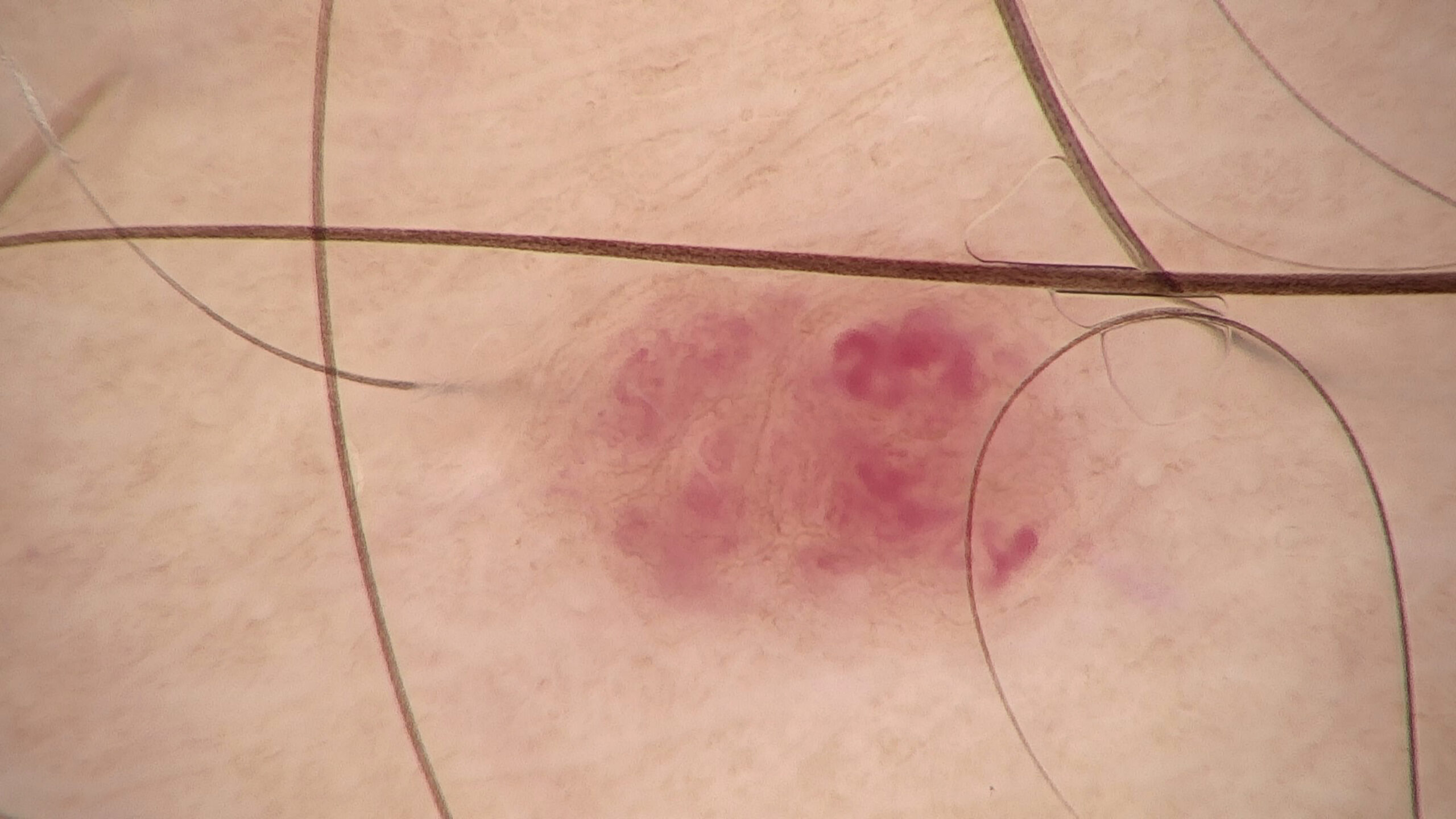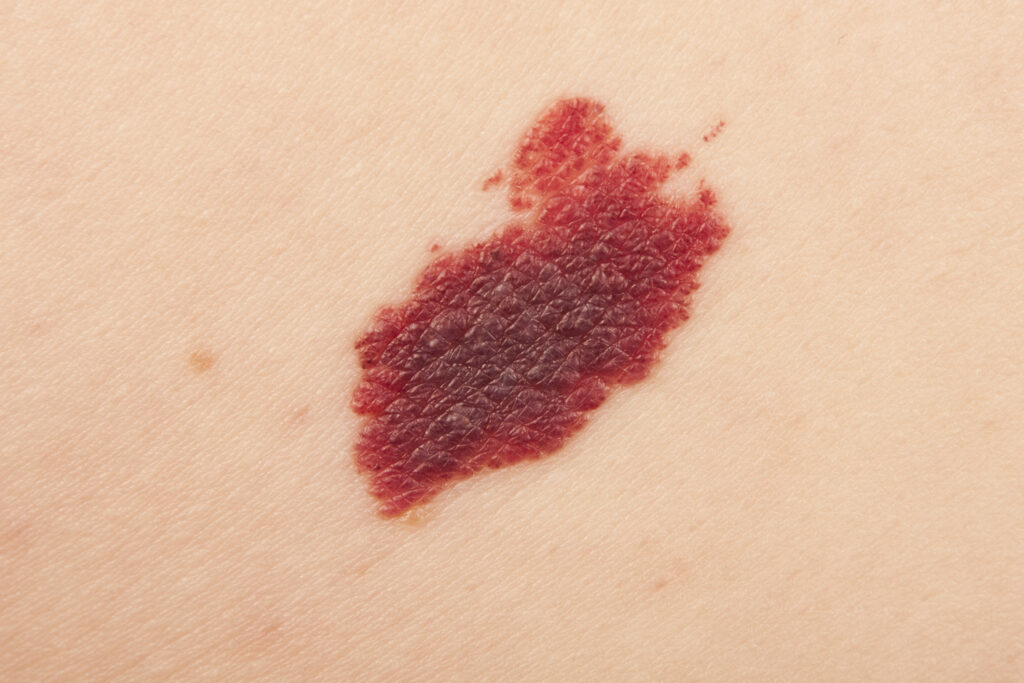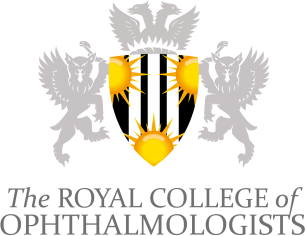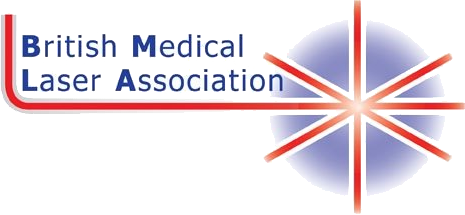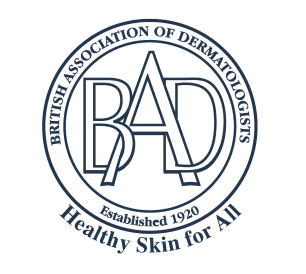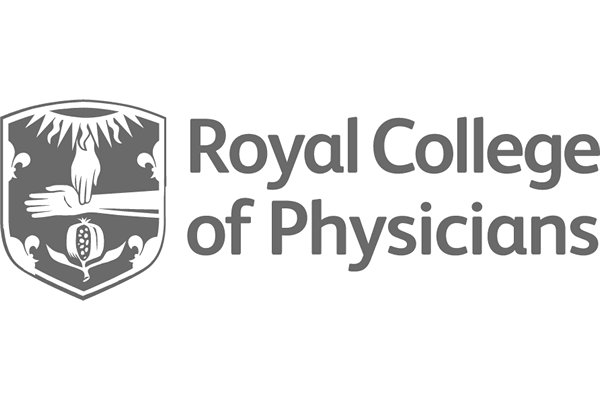"Dr Goldsmith is a very sound and not overly-interventionist expert. Her sound advice on our son's spider angioma was very helpful and caused us (rightfully) to relax. I can wholeheartedly recommend her to anyone."
Spider angiomas (also known as Spider Nevus), present themselves as small red or purple lesions on the skin surface. The name of these angiomas comes from their appearance on the skin surface as they resemble the shape of the spider. Spider angiomas can appear in anyone and on any part of the body, they are common amongst all age groups. Spider angiomas occur as a result of widened blood vessels on the skins surface which leads to the discoloured lesion on the surface of the skin. Spider angiomas can disappear without treatment however many patients choose to have these lesions removed as a result of aesthetic and cosmetic concerns. Despite the cause of spider angiomas being the dilation of blood vessels, the reasons as to why these vessels do dilatate is unknown and therefore we do not fully understand the cause of spider angiomas. These lesions can be removed using laser therapy which is very successful to remove the lesions and satisfy any aesthetic concerns.
During an initial consultation and diagnosis, the most effective treatment will be suggested. Depending on the size of the lesion or the number of lesions on the skin, several treatments may be necessary to completely remove them.

